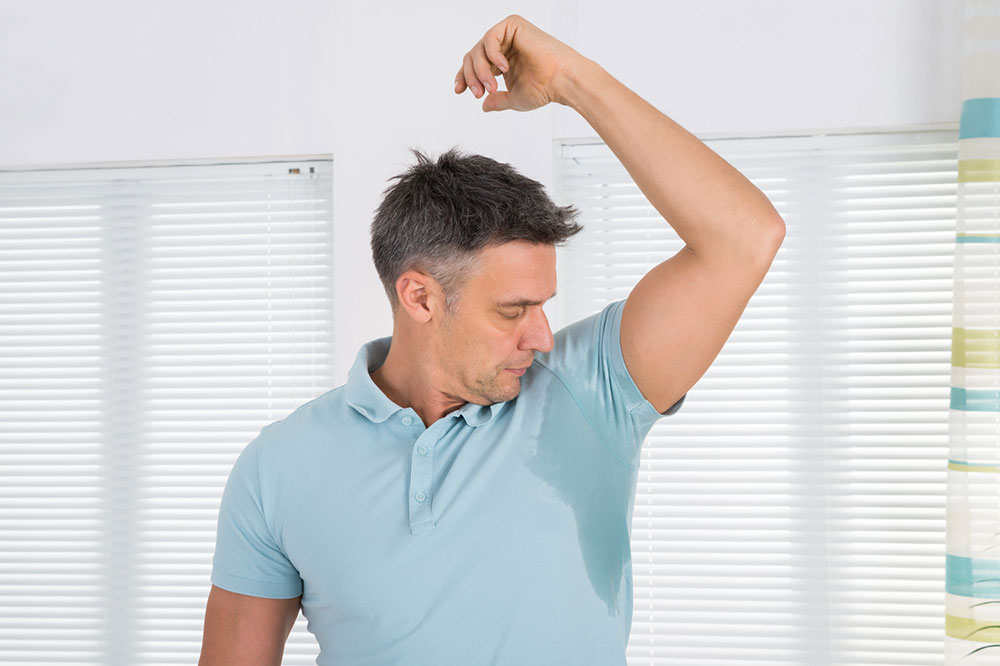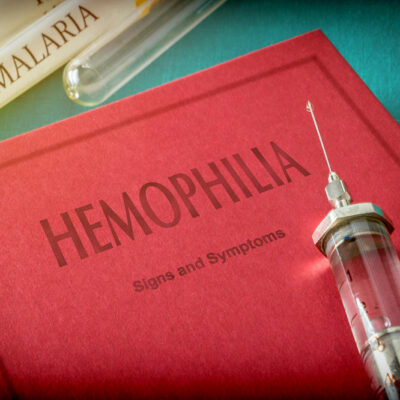
6 Types of Hyperhidrosis and Common Triggers
Hyperhidrosis is an extremely uncomfortable condition that causes excessive sweating in some parts or the overall body. Unlike normal sweating, people with this condition may be drenched in sweat in cold weather or even without physical activities triggering it. That said, some common triggers can be anxiety, stress, or excessive heat. Let’s look at the types and triggers of hyperhidrosis to understand the condition better:
- General hyperhidrosis
Excess sweating occurs throughout the body and not just in a particular body part in this case. This may be triggered by an underlying medical condition like a neurological disorder, spinal cord injury, or hyperthyroidism. Some anti-depressant medications may also cause this as a side-effect. - Axillary hyperhidrosis
Among the various types and triggers of hyperhidrosis, this is a widely reported phenomenon. Axillary hyperhidrosis causes excessive sweating in the underarms, even without any trigger, and it’s important to note that the underarms have the highest concentration of sweat glands. People with this condition usually find a sweat patch on their shirts, and it may make them extremely self-conscious, especially during a social gathering. - Plantar hyperhidrosis
This medical term is used to describe sweating that affects the feet. While this type of hyperhidrosis is easier to hide under shoes and socks, it can make one’s feet feel slippery. It is caused by hyperactive sweat glands in the feet and is a response to hot temperature, stress, or any other trigger. - Palmar hyperhidrosis
This is among the most common types of hyperhidrosis, and people with this condition usually experience sweating on their palms. It is primarily triggered by emotional causes like anxiety, anger, fear, and nervousness. Also, it is considered an extremely awkward type of hyperhidrosis, as it can affect one’s social interactions. - Facial hyperhidrosis
As the name suggests, facial hyperhidrosis causes excessive sweating on one’s face and head. Unlike other types, this can be difficult to hide and can make an individual socially awkward. As continuous sweating can be misconstrued as a sign of ill-health, nervousness, and exertion, it can further hamper personal relationships. Emotional factors like stress and anxiety often contribute to facial hyperhidrosis. - Truncal hyperhidrosis
While exploring the types and triggers of hyperhidrosis, one may also come across truncal hyperhidrosis, which describes uncontrollable sweating in the vagina, inner thighs, and buttocks. This type of hyperhidrosis is not only uncomfortable or unmanageable, but it can also lead to fungal infections in many cases. These areas take longer to dry than the other body parts, so people with this condition should wear cotton undergarments to quickly absorb the sweat.
Mentioned here are some of the common types and triggers of hyperhidrosis that everyone must know. If one finds it difficult to manage the condition, it’s best to consult a medical expert for advice.


